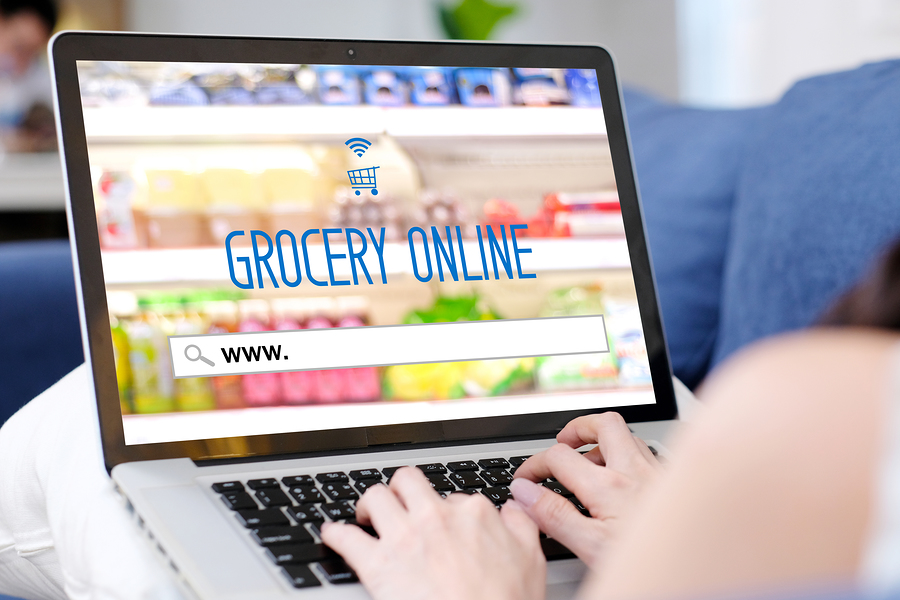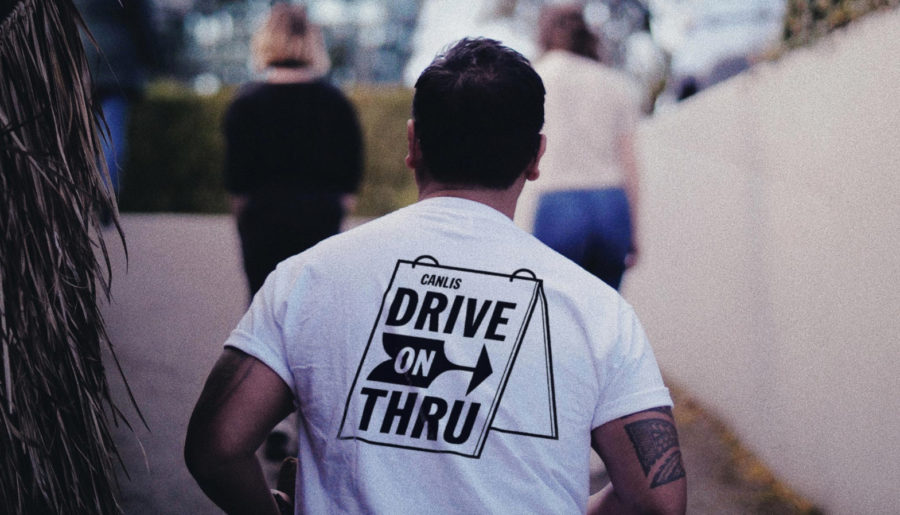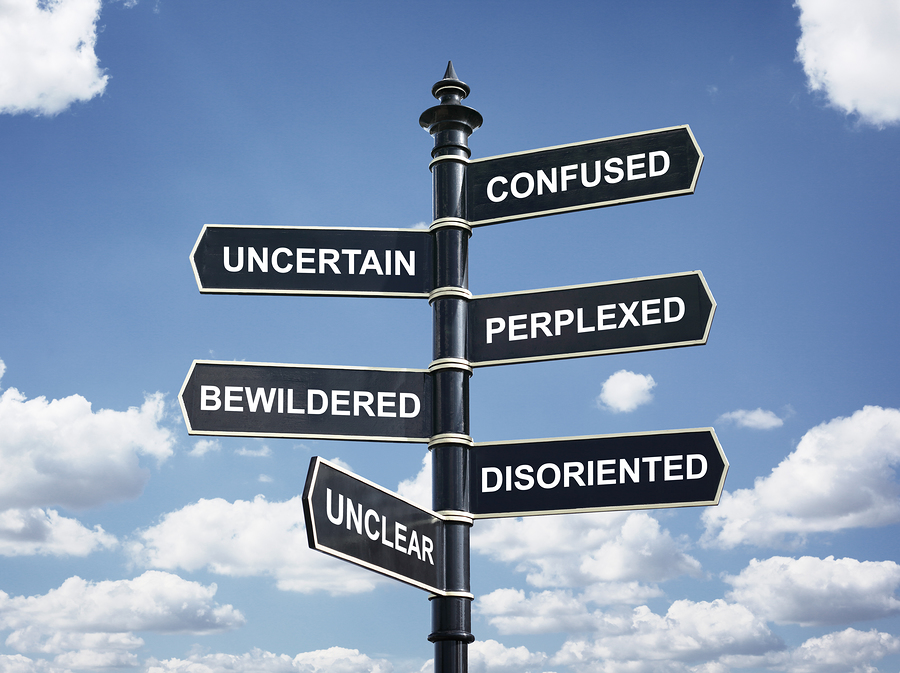
Messaging and Guidance Your Consumer Needs Now
March 30th, 2020 Posted by Emergent brand messaging, branded content, change, consumer behavior, Consumer insight, Content Marketing, Emotional relevance, Healthy lifestyle, Healthy Living, Higher Purpose, Human behavior, Navigation, storytelling 1 comment on “Messaging and Guidance Your Consumer Needs Now”New research flags brand trust declines amid crisis
A new report from Forrester Research concludes consumers are growing less optimistic that brands will keep their promises. Of all the significant attitudinal changes occurring, trust rating has fallen the most and is in dire need of improvement.
How you respond to this crisis of confidence and belief will impact business outcomes and reputation going forward. A change in message and brand voice is required, and we have guidance to provide. First a little more texture on the current situation and how it informs content strategy.
Contributing to the attitude shift, according to Forrester data, is a pervasive feeling of consumers ‘being out of control’ with their lives and the environment around them. Uncertainty has a way of unsettling people and how they perceive the world around them, casting doubt about whom to trust.
The acid test for consumers now: will the brands I care about put my needs and concerns first?
Two important insights from the research:
- Consumers are looking for information, entertainment and ‘adventure’ to help fill the void. Online engagement is up significantly as people work from home and are otherwise confined to the house. Online content strategy decisions are critical here to optimize messaging for relevance to their needs.
- Consumers remain open to receiving marketing communications from brands. While this is encouraging news, it is also a slippery slope if the messaging is deemed overly self-promotional or tone deaf to the crisis around us.
When the dust finally settles, people will remember…
There will be winners and losers coming out of the current conditions. Brands that work hard to express care and concern for the health and wellbeing of their customers, who authentically work to guide, help and assist stand to gain additional business, followers and fans.
Brands that go dark, stop communicating and otherwise, in effect, abandon their customers or willfully treat them like walking wallets, will face other difficulties once the COVID-19 crisis is over. People will remember those who stepped up, those who continued to operate in service of their needs and concerns vs. those who didn’t.
Now is the time to double down on your outreach efforts. Your immediate goal is to deploy content that strikes the right emotional chord and builds trust.
Emergent’s content guidance
- Address the isolation. People are living in an extraordinary period of social distance. Beyond the uncertainty about health, wellbeing, and what lies ahead, the opportunity for social interaction is greatly diminished beyond occasional Zoom meet-ups and Skype calls. How you activate your social channels to create community and conversation is vital.
- Demonstrate integrity to neutralize consumer skepticism. Time to step back and consider ways to actively show how promises will be kept, that you are walking the walk of higher purpose and commitment to their needs.
- More specifically, how your company and brand is prioritizing their health and wellbeing ahead of financial objectives. Research shows 58% of adults don’t trust a brand until they witness real-world proof that promises are being kept. No doubt there are ways to bring this to life.
- Assist people in regaining their sense of control, by providing ways for them to exercise control in their relationship with you. Where appropriate, give them the reigns and ability to carry a decision forward.
People trust people first
Perhaps the most important guidance we can provide concerns the medium that is carrying the message. Corporations only begin to sound human when they enlist real people to speak on their behalf. Third parties and expert voices are critical in these times to humanize the brand voice and validate what you want people to believe.
The new advertising in this era of unprecedented change is about authentic storytelling. Stories that serve and inspire people around meaningful behaviors and events that demonstrate true caring and compassion.
This is your higher purpose right now. Are you ready to step up?
If you need help navigating in these uncertain times and experienced support to refine messaging, please let us know.
Looking for more food for thought? Subscribe to the Emerging Trends Report.
Bob Wheatley is the CEO of Chicago-based Emergent, The Healthy Living Agency. Traditional brand marketing often sidesteps more human qualities that can help consumers form an emotional bond. Yet brands yearn for authentic engagement, trust and a lasting relationship with their customers. Emergent helps brands erase ineffective self-promotion and replace it with clarity, honesty and deeper meaning in their customer relationships and communication. For more information, contact [email protected] and follow on Twitter @BobWheatley.




